- Informatii telefonice:(+40) 748 400 200
Raphael | Christof Thoenes
Cod intern: xsales_1389211Producator: Taschen GmbH
Vizualizari: 31 / Achizitii: 16
Stoc: In stoc
Pret: 67.0 RON
Acest produs este publicat in categoria Librarie la data de 15-03-2025: 10:03 si vandut de Carturesti. Vanzatorul isi asuma corectitudinea datelor publicate. ( alege finantarea potrivita )
-
Produs cu garantie
-
Livrare direct din stocul fizic al Carturesti
-
Retur gratuit minim 14 zile de la data achizitiei
Divine forms: The heavenly grace and human grandeur of a supreme Renaissance master In art history, we tend to be on first name terms only with the most revered of masters. The Renaissance painter and architectRaphael Santi(1483 1520) is one such star. The man we call simply Raphael has for centuries been hailed as a supreme Renaissance artist. For some, he even outstrips his equally famous, equally first-named, contemporaries, Leonardo and Michelangelo.From 1500 to 1508, Raphael worked throughout central Italy, particularly in Florence where he secured his reputation as a painter of portraits and beautifully rendered Madonnas, archetypical icons within the Catholic faith. In 1508 he was summoned to Rome by Pope Julius II and later embarked on an ambitious mural scheme for theStanza della Segnaturain the Vatican. Within this room, Raphael sThe School of Athensis considereda paradigm of the High Renaissance, merging Classical philosophy with perfected perspectival space, animated figures, and a composition of majestic balance.This essential introduction explores how in just two decades of work, Raphael painted his way to legendary greatness. With highlights from his prolific output, it presents the mastery of figures and forms that secured his place not only in the trinity of Renaissance luminaries but also among the most esteemed artists of all time. About the series: Each book in TASCHEN s Basic Art series features: a detailed chronological summary of the life and oeuvre of the artist, covering his or her cultural and historical importance a concise biography approximately 100 illustrations with explanatory captions "

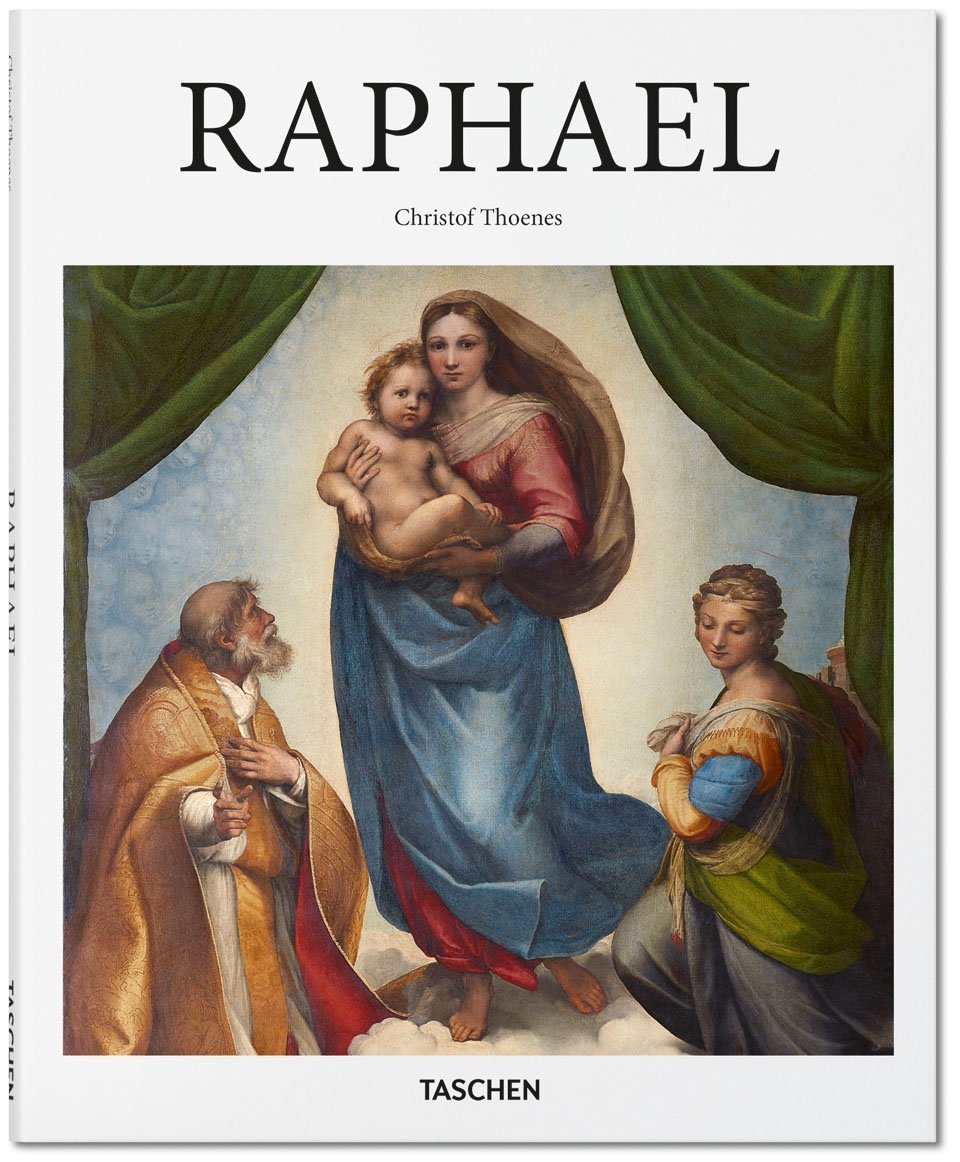

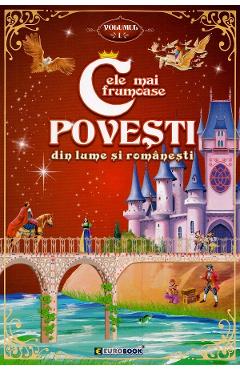
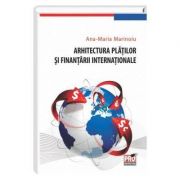




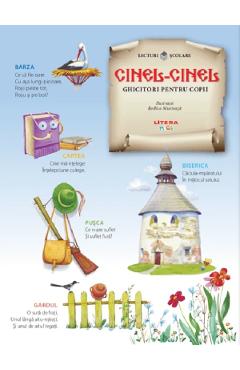
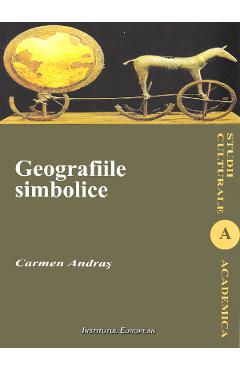





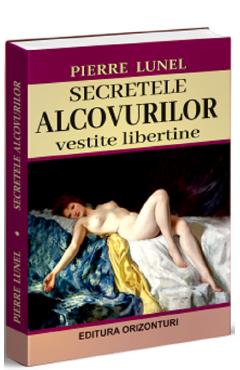
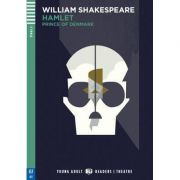





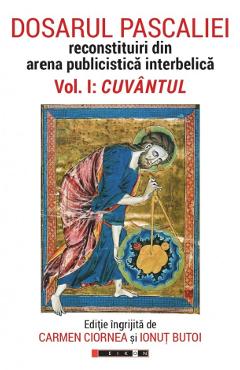
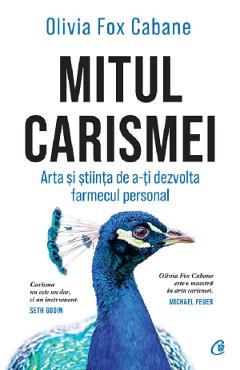


Scrie parerea ta
Raphael | Christof Thoenes
Ai cumparat produsul Raphael | Christof Thoenes ?
Lasa o nota si parerea ta completand formularul alaturat.
Divine forms: The heavenly grace and human grandeur of a supreme Renaissance master In art history, we tend to be on first name terms only with the most revered of masters. The Renaissance painter and architectRaphael Santi(1483 1520) is one such star. The man we call simply Raphael has for centuries been hailed as a supreme Renaissance artist. For some, he even outstrips his equally famous, equally first-named, contemporaries, Leonardo and Michelangelo.From 1500 to 1508, Raphael worked throughout central Italy, particularly in Florence where he secured his reputation as a painter of portraits and beautifully rendered Madonnas, archetypical icons within the Catholic faith. In 1508 he was summoned to Rome by Pope Julius II and later embarked on an ambitious mural scheme for theStanza della Segnaturain the Vatican. Within this room, Raphael sThe School of Athensis considereda paradigm of the High Renaissance, merging Classical philosophy with perfected perspectival space, animated figures, and a composition of majestic balance.This essential introduction explores how in just two decades of work, Raphael painted his way to legendary greatness. With highlights from his prolific output, it presents the mastery of figures and forms that secured his place not only in the trinity of Renaissance luminaries but also among the most esteemed artists of all time. About the series: Each book in TASCHEN s Basic Art series features: a detailed chronological summary of the life and oeuvre of the artist, covering his or her cultural and historical importance a concise biography approximately 100 illustrations with explanatory captions "
Acorda un calificativ